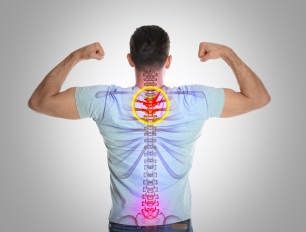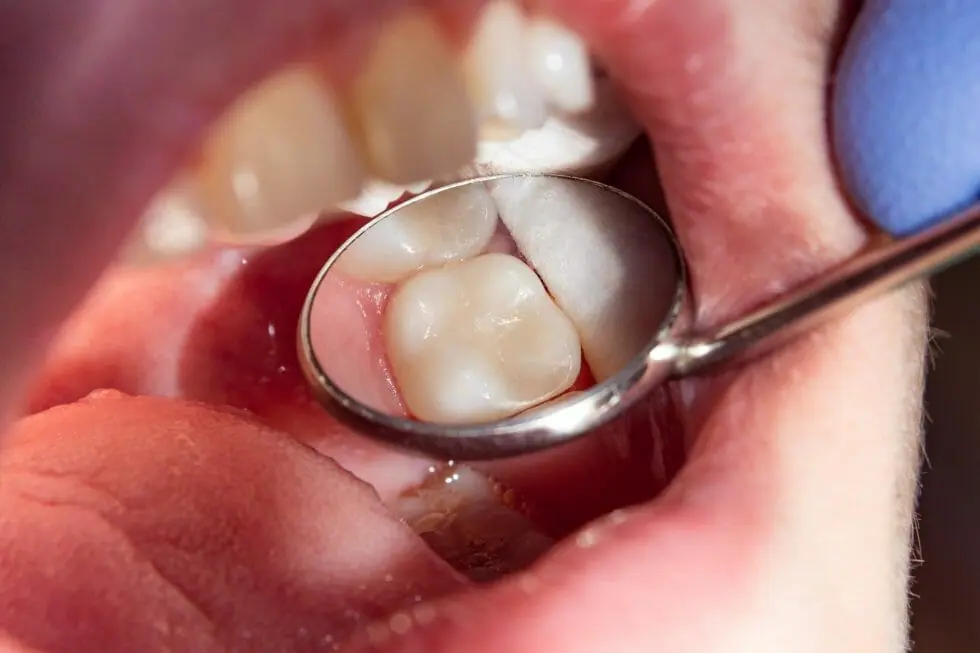Spinal stenosis involves a condition in which one or more of the backbone’s bony openings, known as foramina, narrow down. Spinal stenosis has two types.
Central canal stenosis happens when the spinal column narrows, placing excessive stress on the spinal cord. Swelling or compression of the nerve tips in the intervertebral bony holes where nerves radiate off the spinal column causes lateral stenosis. The compressed or pinched nerves of the spinal cord lead to back pain. This is a burning ache that shoots downwards the legs, along with tingling, numbness, or weakness in the feet or legs, or more extreme symptoms.
Common Causes of Spinal Stenosis
Some of the most common causes of spinal stenosis involve the following:
- Bone spurs
- Osteoarthritis
- Rheumatoid arthritis
- Bulging or herniated disc
- Thickened ligaments
- Spinal cysts or tumors
- Genetics
- An injury to the spine
- Past surgery on the spine
- Certain bone diseases
Conservative Treatment for Spinal Stenosis
In this situation, the first approach you want to use is physical therapy. By enduring the core and paraspinal tendons, you’ll provide better support to the spine. This might keep it in a better pose, and a good position can help decrease the stress on the nerves. Maintaining activities is also one of the best ways to avoid spinal stenosis.
If the indications become unbearable, you might try your luck with over-the-counter medicines. Nonsteroidal inflammation-reducing drugs can offer reduced inflammation and the level of any swollen objects in the spinal column, which might, therefore, lower the stenosis and wishfully alleviate your indications. One more (less reliable) method to reduce swelling is to try cold and heat therapy.
You also need to modify your daily routine and avoid movements that will exert too much stress on your spine. In the same way, decreasing your body weight might put less stress on your spine.
Exercises for Spinal Stenosis
The following exercises are most useful if you have spinal stenosis.
- Low-impact cardio
- core exercises
- Balancing exercises
- Warm up and stretch.
What are the Final Stages of Spinal Stenosis?
What are the final stages of spinal stenosis? Spinal stenosis generally develops gradually. If left unfocused, the hollowness in the spinal column or intervertebral bony holes will keep narrowing. In the final stages, an individual will lose control of the bowel and bladder, fail to walk or stand, and observe extreme pain or tingling in the lower areas of the body.
Your best spine surgeon, Dallas, will grade the extremity of your spinal stenosis. On a labeling scale of zero to three, grade three classifies chronic lumbar stenosis. In this grade, the identified spinal stenosis exhibits little to no isolation. If you require surgery in the event that non-surgical approaches fail to work, you may be in the final stages of spinal stenosis.
If left untreated, spinal stenosis might potentially worsen. The major and most extreme compilation involves irreversible nerve damage. Although paralysis is a prominent concern to individuals when one knows they have compression around the spine, in all reality, weakness is an uncommon result of spinal stenosis with arthritis with time. There is less concern for paralysis when it occurs in the lower lumbar backbone. This is due to the common misunderstanding that the spinal column traverses the whole body from top to toe but ends in the top lumbar spine near the vertebrae L1-2. Spinal stenosis usually persists much lower in the backbone, and total paralysis is a rare concern at that point, as problems here usually only affect specific nerves.
Does Spinal Stenosis Go Away?
Because it is a severe condition, spinal stenosis may not go away without treatment. Ache will be sporadic, and signs will change gradually. While conservative methods may provide a little help with mobility and pain management, they generally treat symptoms, not the related cause. Sometimes this might mitigate the indications for an undetermined time limit, which may be short- or long-term. Typically speaking, surgical methods give the best, longest-lasting results, but they might also be the riskiest.
Take steps to treat your back pain. You don’t have to endure back pain. Spinal stenosis is sometimes the result of related conditions affecting your backbones, like a bone spur or herniated disc.The best spine surgeon in Dallas uses a high-level technique to evaluate the health of your backbone and the causes of your pain. They will then develop a management plan that includes non-surgical approaches and potential surgical techniques. Don’t allow your spinal stenosis signs to limit your quality of life.



